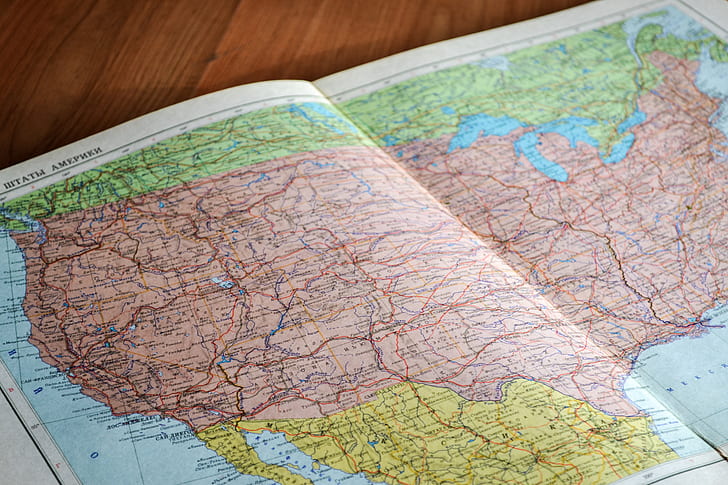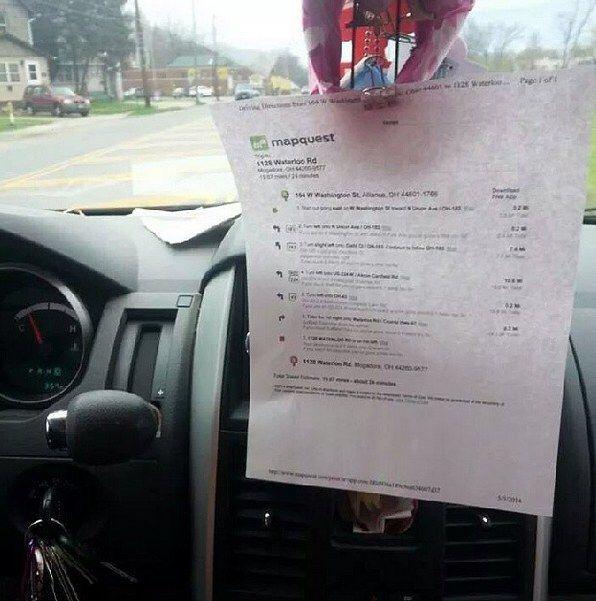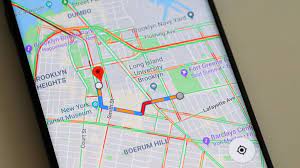As a young kid, I remember my dad had one of those big road atlases shoved behind the driver’s side seat that I would pull out and flip through on road trips. The road atlas is how you got from point A to point B back in the day.

Old Road Atlas
Of course, nobody uses road atlases anymore, we use Google maps because Google maps is just way better. If we compare the two, it’s easy to see why Google Maps is a far superior navigation tool.
|
|
Let’s called the road atlas our education curriculum pre-COVID. Similar to a road atlas, we mapped out our curriculum and lesson plans manually, handed out lesson books to students, and executed that plan turn-by-turn from the beginning to end of the year. This curriculum-centric style of teaching blindly marches forward in order to fit everything in by the end of the year. Are students falling behind? Are they skipping ahead? Nobody knows.
In the past 5 years, and certainly now post-COVID, we’ve tried to make some strides forward by digitizing our educational materials and resources through PDFs, video recordings, screenshots, and images…all shared via email, various messaging platforms, and your LMS of choice. This digitization of our previously physical materials is kind of like what MapQuest did.
At the time, MapQuest was cool cause you could enter your starting and ending points on the internet and it would tell you turn-by-turn directions. This means we didn’t have to carry around an atlas anymore, but what did everyone do when they got directions….
PRINTED THEM OUT! 🤦

We’re back to the same rigid and linear process we started with. Sure we could access any and all directions in the world, but how we navigated from point A to point B did not change. The same is true with our recent digitization of educational resources. Just making all the resources digital so you can easily email as opposed to hand them out is not the benefit of technology we were hoping for. The worst part about it is that we call this education technology…it is not.
Simply digitizing resources it not EdTech
Even with digital resources, we still follow a curriculum-centric style of teaching that blindly marches forward. Are students falling behind? Are they skipping ahead? Nobody knows.
Education Technology is Google Maps of Teaching

What makes Google Maps different, and so much better, than road atlases and MapQuest is that the entire construct of how we get from point A to point B has changed:
- You put in the destination and it tells you where to go
- Mental energy is spent looking for point of interest, not planning for each turn
- If you miss a turn, it automatically updates and reroutes
- Every trip may be different depending on the conditions
- You can see your route and how much progress you’ve made
- No one is needed to navigate anymore
- The driver still plays a critical role in setting the strategy, driving the car, and keeping the passengers happy
Google Maps makes the journey easier, more enjoyable, and more effective so you can go farther and get there faster. In the same way Google Maps makes navigating to a destination easier, education technology should make teaching and accomplishing educational milestones easier.
Adaptive Learning Technology
The real-time, adaptive nature of Google Maps is what makes it so pleasant: it is always updating and optimizing for the best route, giving us feedback and data on the journey, and providing the tools if we need to quickly course correct (like a pit stop for gas). You could say Google Maps is adaptive navigation technology. We need to make the same shift in how we educate our students using adaptive learning technology. So what is that?
Adaptive learning technology provides students with a personalized learning path that adapts to individual students as they make their way toward a learning destination. Instead of curriculum-centric teaching, we are doing student-centric learning. Teachers (the driver) stil set the destination, get visibility into how each student is progressing, course correct along the way, and can see how long it will take to get there. Teachers can easily see who is struggling so that they can intervene to ensure every student reaches their milestones and necessary skills. Adaptive learning technology automates the tedious step-by-step tasks for teachers freeing up time for more high value instruction.
Here at Moosiko, we play in the world of music education and are brining adaptive learning to music classes of all ages around the country. This example shows how a particular student is progressing toward their destination of becoming a guitar player tracking skills and milestones along the way.

We can compare teaching music education through the old ways of a Road Atlas with the future of Google Maps using adaptive learning technology, although this analogy works for any educational subject.
|
|
In order to make this move from rigid and linear learning paths to adaptive learning paths, we’re going to have to rethink how we teach and leverage tools and technology. The good news is that the benefits are vast: from higher student engagement to more accessibility and impact for the same dollar. Striving for the Google Maps of music education promises to provide more students with access to music for their entire lives. Districts should get a better ROI on their spend and teachers, with an ability to have a greater impact, can be paid more. Adaptive learning technology delivers a win for students, a win for teachers, and a win for districts that will create a better future of education.
While we need to ask districts and teachers to “think differently” and be open to new ideas, we can’t depend on them for all the solutions. We need education vendors and technology providers to step up their game. We need not settle for MapQuest as the future, but rather innovate and shoot to invent Google Maps.
